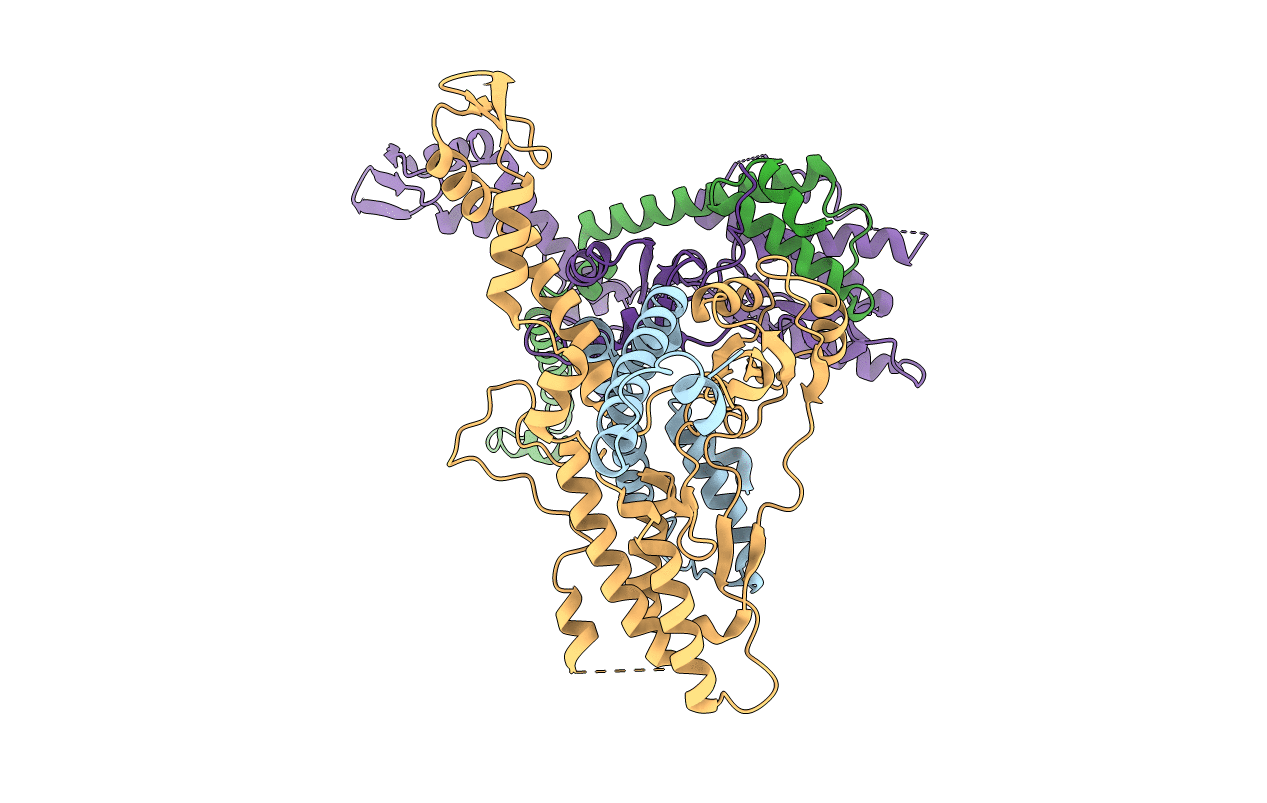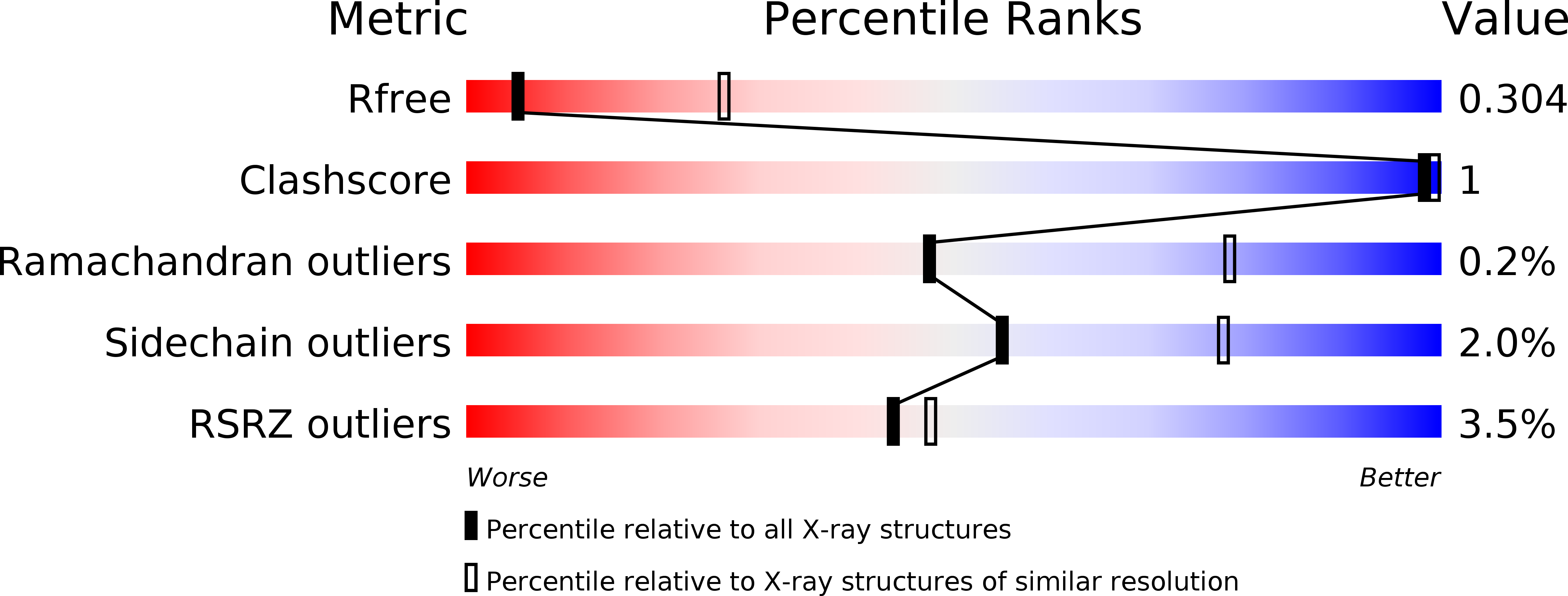Abstact
ARS2 is a highly conserved metazoan protein involved in numerous aspects of nuclear RNA metabolism. As a direct partner of the nuclear cap-binding complex (CBC), it mediates interactions with diverse RNA processing and transport machineries in a transcript-dependent manner. Here, we present the human ARS2 crystal structure, which exhibits similarities and metazoan-specific differences to the plant homologue SERRATE, most notably an additional RRM domain. We present biochemical, biophysical and cellular interactome data comparing wild type and mutant ARS2 that identify regions critical for interactions with FLASH (involved in histone mRNA biogenesis), NCBP3 (a putative cap-binding protein involved in mRNA export) and single-stranded RNA. We show that FLASH and NCBP3 have overlapping binding sites on ARS2 and that CBC-ARS2-NCBP3 form a ternary complex that is mutually exclusive with CBC-ARS-PHAX (involved in snRNA export). Our results support that mutually exclusive higher-order CBC-ARS2 complexes are critical in determining Pol II transcript fate.



